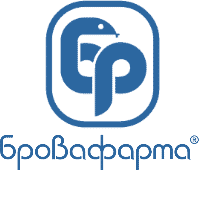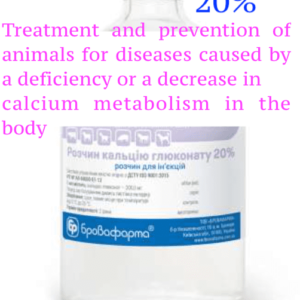Delivery service
Free Worldwide Shipping & Returns


Cats in the modern world are one of the most beloved or even adored Pets. They came to the human habitation 6 thousand years ago. Their relative domestication occurred in ancient Egypt about 4 thousand years BC, where cats were sometimes deified. Man has attracted the attention of this small predator since he took up farming. The fact is that grain-filled barns invariably attracted flocks of mice, and mice – the specific food of cats.
Today, scientists believe that the distant ancestor of the domestic cat is the Libyan or spotted cat, an African relative of the European wild forest cat. The domestic tail is as long and narrowed at the end as the Libyan, and the tail of the wild European is equally thick at the base and at the end.
However, it was not immediately that cats and humans began to live in harmony. In ancient times, people hunted them to get their meat for food and skins for clothing. Only when people noticed how deftly this predator deals with harmful rodents, they appreciated this wonderful animal. And the man began to tame the cat, taking it into his home. So gradually from a wild animal, she turned into a cute pet. This happened about 5,000 years ago, much later than sheep, cows, and dogs were tamed.
Currently, Egyptian cats are still very similar in appearance to wild African cats, which for centuries were either striped or spotted. The standard color is considered to be characteristic of wild cats, that is, gray color with dark stripes. The hair at the same time contains two types of pigment: yellow and black, and they give the characteristic color for most. Animals with other coat colors are considered to be mutant.
The first color change in cats occurred in North Africa around 500 BC, when pure black specimens appeared. In the future, animals began to appear red in color, with white spots on the chest and stomach, with white paws and chins. The characteristic dark spots in Siamese cats are also the result of mutation. It is estimated that about 300 years ago in England, there is common now spotted. Breeding work has led to the production of blue from black, and cream from red.
Cats have three blood groups, designated as A, B, and AB. The most common type is A, which is shared by all Pets of Eastern origin: Siamese, Oriental, Burmese, etc. and many other breeds: Russian blue, Norwegian forest, Scottish fold, meinkun, Sphinx, almost all Persian, Abyssinian, Somali, most exotic, British and Cornish Rex. The other cats have group B, and group AB is very rare. A healthy cat has a body temperature between 38 and 39.5°C, while kittens have a slightly higher temperature. The heart rate is normal from 110 to 140 beats per minute. But in food, these animals are real gourmets. They prefer slightly warmed food, the temperature of which is approximately equal to the temperature of their body. Too much temperature difference can even spoil the cat’s appetite. This is due to the fact that they hunt warm-blooded animals in nature, so their instincts make themselves felt.
Over thousands of years, cats have become particularly addicted to eating mice, and the concepts of cat and mouse have become inseparable. There is a purely physiological explanation for this. For good growth and excellent quality of cat hair, sulfur and sulfur-containing acids (cystine, cysteine and methionine) are necessary. There is a lot of sulfur in the mouse skin, so cats eat mice right with the fur.
Vocabulary for communication in domestic cats is very diverse. They are capable of the most incredible intonations, issuing meows, purrs, snorts, and wild screams during the mating season are simply inimitable. Depending on the mood, intonations have their own shades. In addition to the voice, the tail takes an active part in communication. The angry cat turns its tail sharply in all directions, flattening its ears and howling a warning. At such a moment, it is better not to approach it, because their reaction is instantaneous.
No account yet?
Create an Account